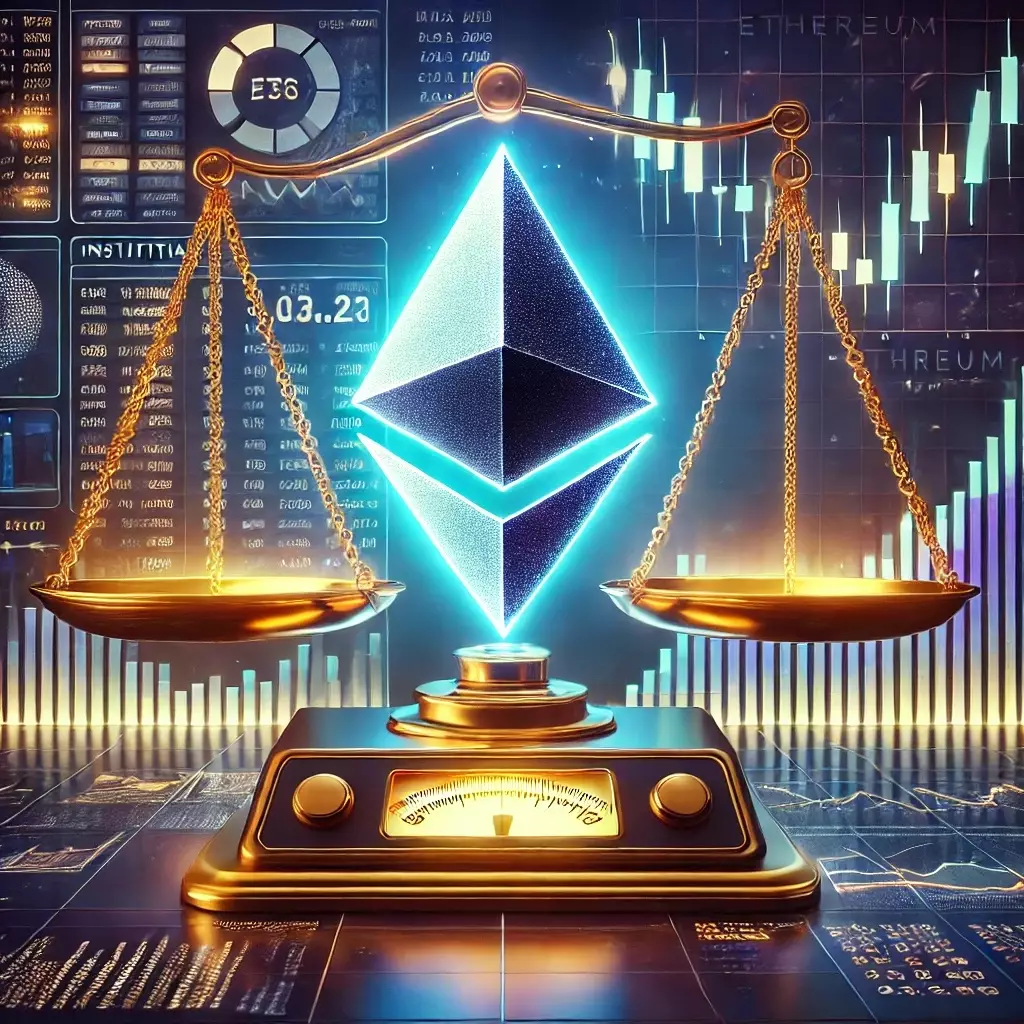In recent weeks, Ethereum’s price has mirrored the broader bearish sentiment within the cryptocurrency market, demonstrating an ongoing struggle to rise above a prolonged state of consolidation. This period of stagnation has left many investors and analysts questioning the future trajectory of Ethereum, traditionally regarded as the primary smart contract platform in the blockchain ecosystem. A recent analysis conducted by CryptoQuant contributor MAC_D offers a valuable interpretation of Ethereum’s current standing, highlighting both the pressure from supply-side factors and the potential for demand-side growth.
One of the pivotal themes in recent discussions surrounding Ethereum has revolved around its “ultrasound money” narrative—an idea that gained traction following the London hard fork and subsequent Merge, which shifted Ethereum from a proof-of-work to a proof-of-stake model. Underpinning this narrative is the expectation of deflationary tokenomics that would limit the total supply of ETH over time. However, this notion has faced headwinds as the total supply of Ethereum has reached unprecedented levels, accompanied by a decline in the staking ratio, which has decreased by 1% since November. Such challenges bring into question the sustainability of Ethereum’s deflationary trajectory, a key aspect that investors closely monitor when assessing the asset’s long-term value.
Despite these obstacles, there are substantive indicators pointing toward potential long-term growth for Ethereum. An intriguing aspect of the analysis is the estimation that ETH is currently undervalued when juxtaposed with its realized price—an important metric representing the average acquisition cost of ETH across all wallets, which stands at approximately $2,200. In this context, the market price, hovering around $2,600, yields a market value-to-realized value (MVRV) ratio slightly exceeding 1. Historically, this indicates that Ethereum could be undervalued, suggesting robust support that may limit further declines in price.
Adding to the positive sentiment is the behavior exhibited by long-term holders. The analysis reveals an uptick in the number of wallet addresses accumulating Ethereum without engaging in selling activities, a behavior reminiscent of committed Bitcoin investors known as “permanent holders.” While significant sales pressure was noted amongst larger investors during periods of downturn, these positions have been absorbed by the dedicated long-term holders, contributing to market stabilization. This maturation of Ethereum’s investor base is a noteworthy trend, signaling a growing commitment among holders to weather fluctuations in market value.
The role of institutional participation cannot be overlooked. Major players, including investment behemoths like BlackRock and Cumberland, have reportedly increased their holdings of Ethereum amidst recent market declines. For instance, reports indicate that BlackRock has procured over 100,000 ETH, valued around $270 million. Such substantial institutional acquisitions not only underline an upswing in demand but also add a layer of credibility to Ethereum’s positioning as a viable long-term investment.
While the analysis paints a hopeful picture with several encouraging indicators, it’s crucial to address the challenges that still loom large. The increase in total supply and the declining staking ratio may continue to burden market sentiment, especially in light of ongoing uncertainties in the macroeconomic landscape. Furthermore, the short-term price movements of Ethereum are likely to navigate a tricky path, potentially limited as the broader cryptocurrency market assimilates new economic realities.
Nevertheless, the combination of perceived undervaluation, committed long-term holders, dwindling sell-side pressure, and rising institutional demand delineates a more positive outlook for Ethereum on a medium to long-term basis. While it may continue to oscillate sideways in the near term, the underlying conditions suggest that Ethereum is strategically poised for a resurgence driven by market stabilization and renewed investor confidence. As markets evolve, those keeping astute eyes on these developments may find opportunities hidden within this complex but exciting landscape.

